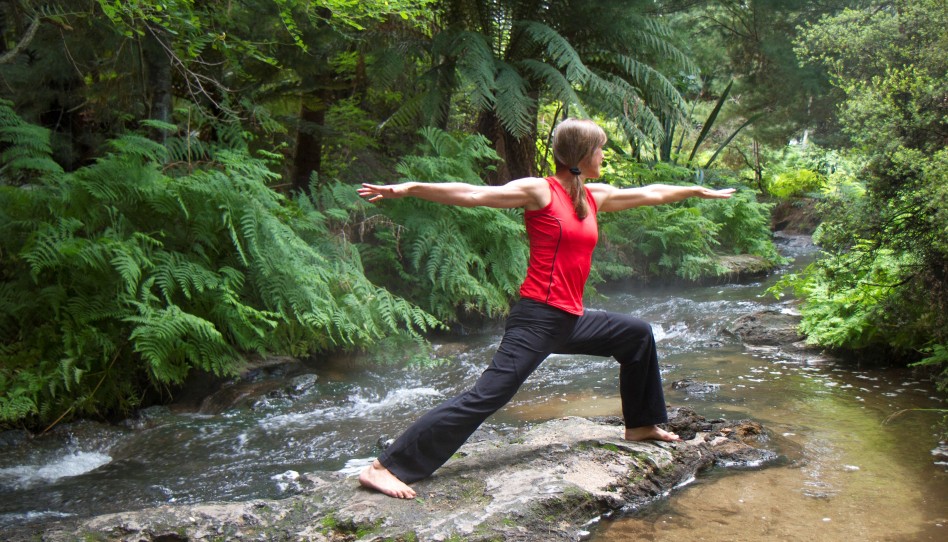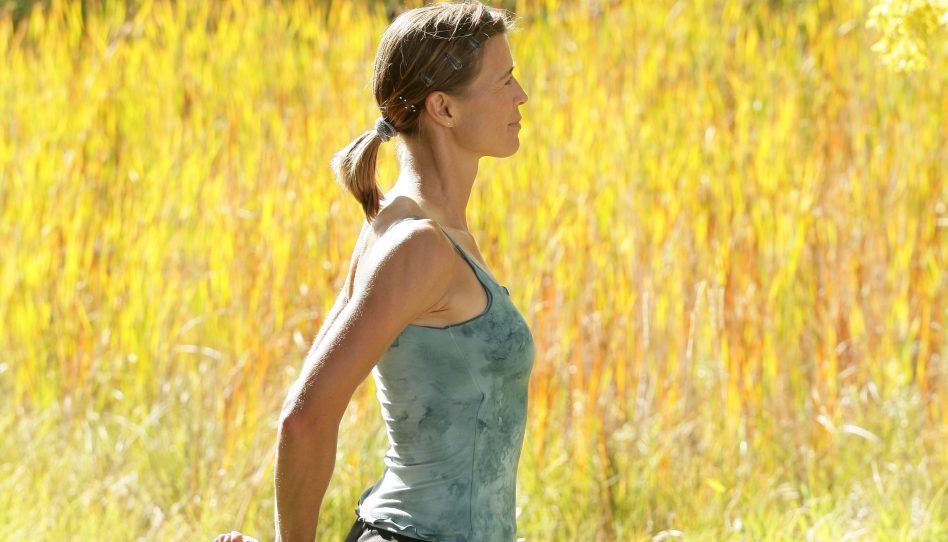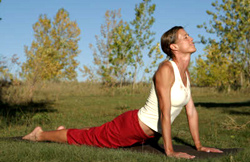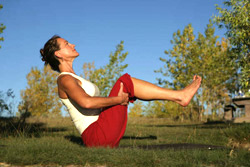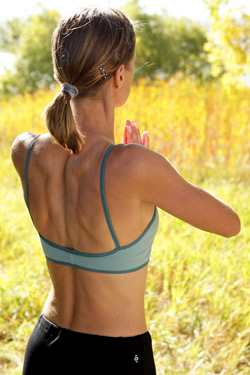Yoga — One Path, Many Styles (Part II)
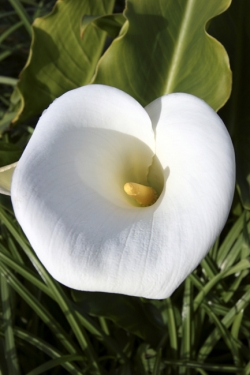
Part two of our journey to introduce you to different yoga styles will give you information about Bikram Yoga, Sivananda Yoga, Kundalini Yoga, and Kripalu Yoga. Look out for more yoga styles in one of our next Yoga Tips.
Bikram Yoga
Bikram Choudhury introduced this increasingly popular and well-known yoga style to the West. Bikram Yoga is a challenging and relatively strenuous practice done in a “hot” setting: the yoga studio is heated up to 105 degrees-one of the reasons that Bikram’s is often nicknamed “hot yoga.” These conditions promote sweating to release impurities as well as heating up muscles, tendons and ligaments so one can stretch without injury. It is reported that there are around 100 Bikram Yoga schools in the U.S.
Practice: The practice consists of a sequence of twenty-six yoga postures. Standing postures are practiced in the beginning, while forward bends, backbends and twists complete the yoga session. Different breathing techniques are used during class; one of them is the breath of fire or “kapalabhati” breath. According to Bikram’s website, Bikram yoga works due to the combination of several practices: stretching and balancing as well as compression, all at the same time.
Benefits: Bikram yoga is an ideal workout to cleanse the body and to release toxins; in addition it is a wonderful practice to increase your flexibility and prevent injury.
Who is it for? Ideal for students who are relatively fit, for athletes, and those with minimal injuries. Students with heart conditions or injuries should check with your health-care practitioner to discuss if this yoga practice is suitable for you.
More information: www.bikramyoga.com; “Bikram’s Beginning Yoga Class” by Bikram Choudhury.
Sivananda Yoga
Swami Sivananda of Rishikesh, India, is founder of this beautiful yoga style. In more than 80 centers around the world students can practice his teachings carried on by his disciple Swami Vishnu-devananda, who came to the United States in 1957 and established the first Sivananda Yoga Vedanta Center in Montreal, Canada in 1959. These centers are known for teaching traditional yoga developed 5000 years ago. Swami Vishnu-devananda condensed Swami Sivananda’s teachings into 5 main points to simplify his yoga philosophy: exercise (asanas); breath (pranayama); relaxation (savasana); diet (vegetarian), and postive thinking (vedanta) and meditation (dhyana).
Practice: This practice consists of twelve yoga postures. The student focuses on the above mentioned 5-point structure while practicing.
Benefits: Sivananda yoga focuses on increasing strength and flexibility, breath capacity, chanting, and meditation. Swami Sivananda’s Yoga, which he has significantly called the ‘Yoga of Synthesis,’ effects a harmonious development of the ‘hand’, ‘head’ and ‘heart.’
Who is it for? Students of all levels and stages of fitness.
More information: www.sivananda.org; “The Complete Illustrated Book of Yoga” and “Meditation and Mantras” by Swami Vishnu-devananda.
Kundalini Yoga
“Each day in life is given to you to redeem yourself. Each moment. Each one. Who knows when that moment will come when you can listen to the truth and be the truth?” So said Yogi Bhajan who brought Kundalini Yoga to the West in 1969. This style of yoga focuses on awakening the Kundalini, the energy of consciousness (serpent power or Shakti) which is found at the base of our spine. This is achieved with poses, breath control, chanting, and meditation.
Each segment of class is designed to target specific issues, allowing practitioners to focus on exactly those aspects of their physical, mental or emotional state that need work at the current time. Any amount of time spent practicing – whether three minutes or an hour a day – produces significant benefits.
Practice: The classes incorporate yoga poses (asanas) with mantras (chanting), meditations, visualizations, and guided relaxation. The poses are also combined with breath control, and hand and finger gestures (mudras). You will practice precise postures; sounds and breathing that activate different parts of the body and the brain to produce specific results.
Benefits: Kundalini focuses on healing and “purifying” the mind, body, and emotions. It is beneficial in dealing with addictions, and many people find it a natural way of releasing endorphins just by breathing and doing the poses.
Who is it for? Students of all levels and stages of fitness.
More information: www.kundaliniyoga.org; “The Teachings of Yogi Bhajan” by Yogi Bhajan
Kripalu Yoga
Kripalu Yoga was created by Amrit Desai and originally taught at the Kripalu Center for Yoga & Health in Lenox, Massachusetts. This style, now taught world-wide, uses the body as a vehicle for accessing spirit, and can have profound effects on the mind and emotions as well as the physical body. It is based on the philosophy that within the physical body is a subtle flow of rhythmic, energy pulsations that we call prana, or life force. Even the most insignificant thought can disturb or block this flow of energy, creating imbalance or even disease. By fully experiencing and objectively observing your physical, mental and emotional experience, blockages begin to dissolve, energy is freed, and healing can to happen on all levels.
Practice: Classes may be spontaneous, flowing, and meditation orientated. They include physical postures, breathing techniques, deep relaxation and meditation. Newcomers will spend more time on the postural alignment of shorter-held asanas and the intertwining of breath and movement. The second stage will incorporate meditation and longer-held poses. Finally, the practice of poses becomes a spontaneous dynamic movement. The essence of Kripalu yoga is experienced through a continuous flow of postures while meditating, for gentle yet dynamic yoga style.
Benefits: Kripalu Yoga is described as a tool for self empowerment and personal growth. The practice teaches you to tap into your own inner-knowing rather than being dependent upon guidance from external authorities. At the same time, you are also establishing an intimate and nurturing relationship with your body. Every sensation becomes sacred and is responded to with tenderness and compassion, and each session is approached with an attitude of prayer. In Kripalu Yoga your body becomes the temple in which you invoke the presence of the divine. This intention can take you to new depths in your practice and in your life.
Who is it for? Students of all levels and stages of fitness.
More information: www.kripalu.org; videos such as Kripalu Yoga: Gentle,Kripalu Yoga: Dynamic, Kripalu Yoga: Partner, and Pranayama: The Kripalu Approach to Yogic Breathing. “Yoga and the Quest for the True Self” by Stephen Cope
Updated December 16, 2018
- Posted May 2, 2006
© Copyright 2006-2024 by Take The Magic Step®. All Rights Reserved.
